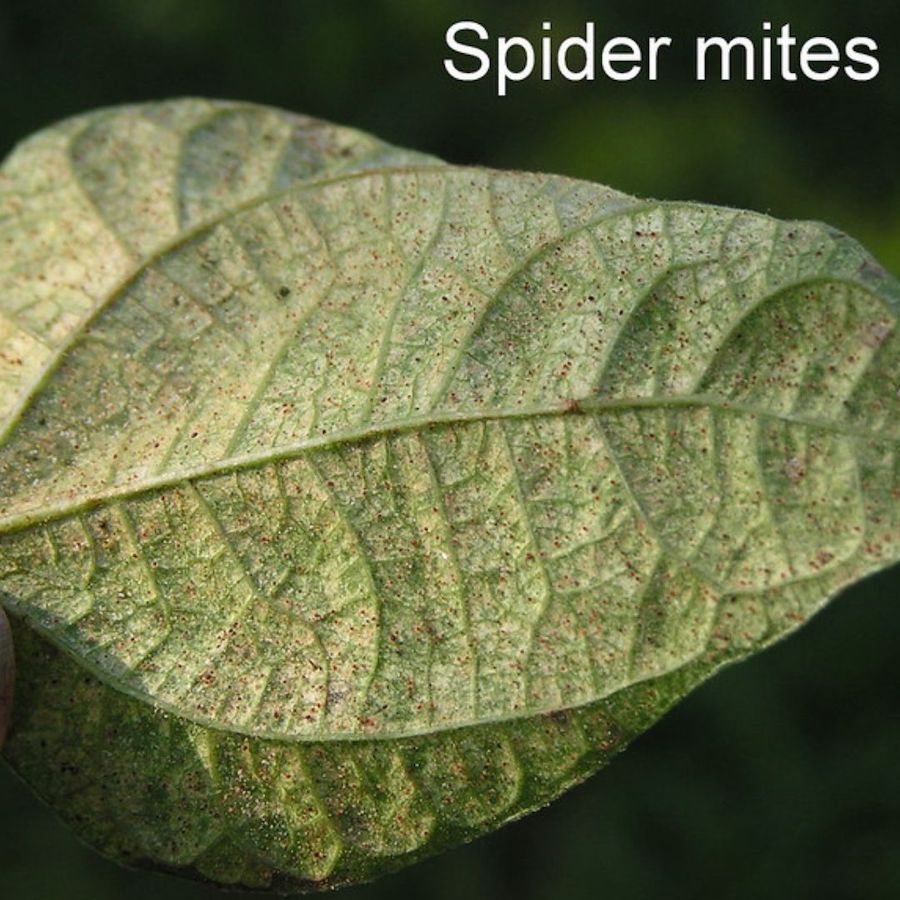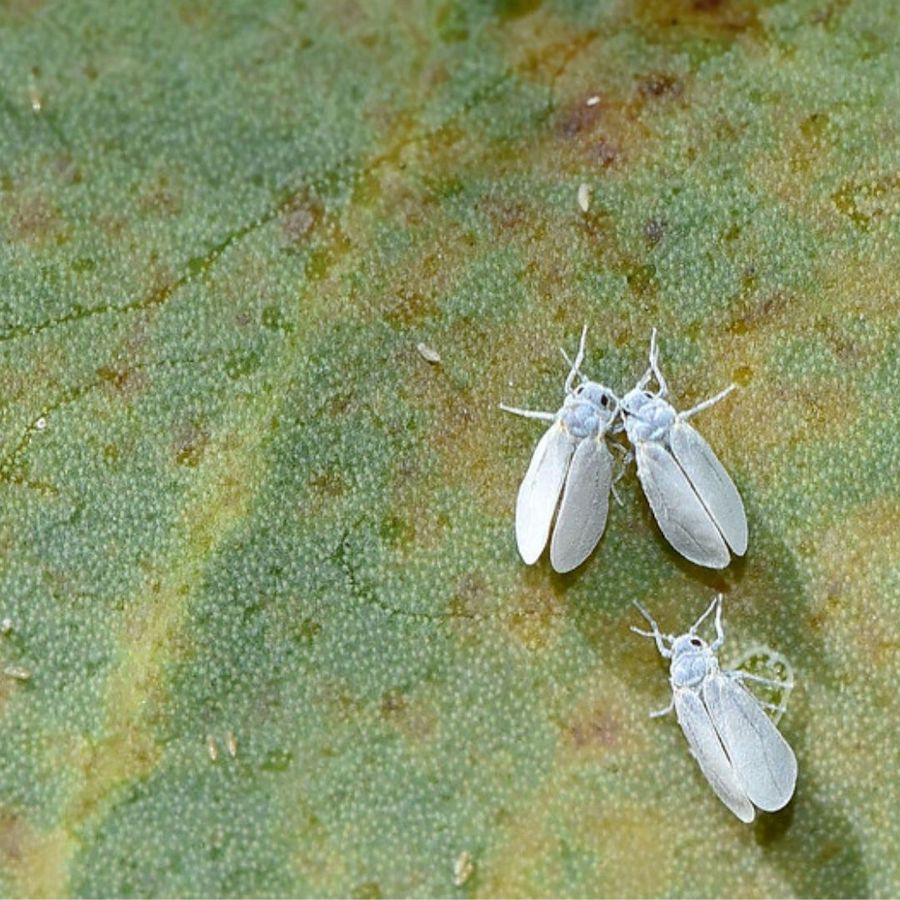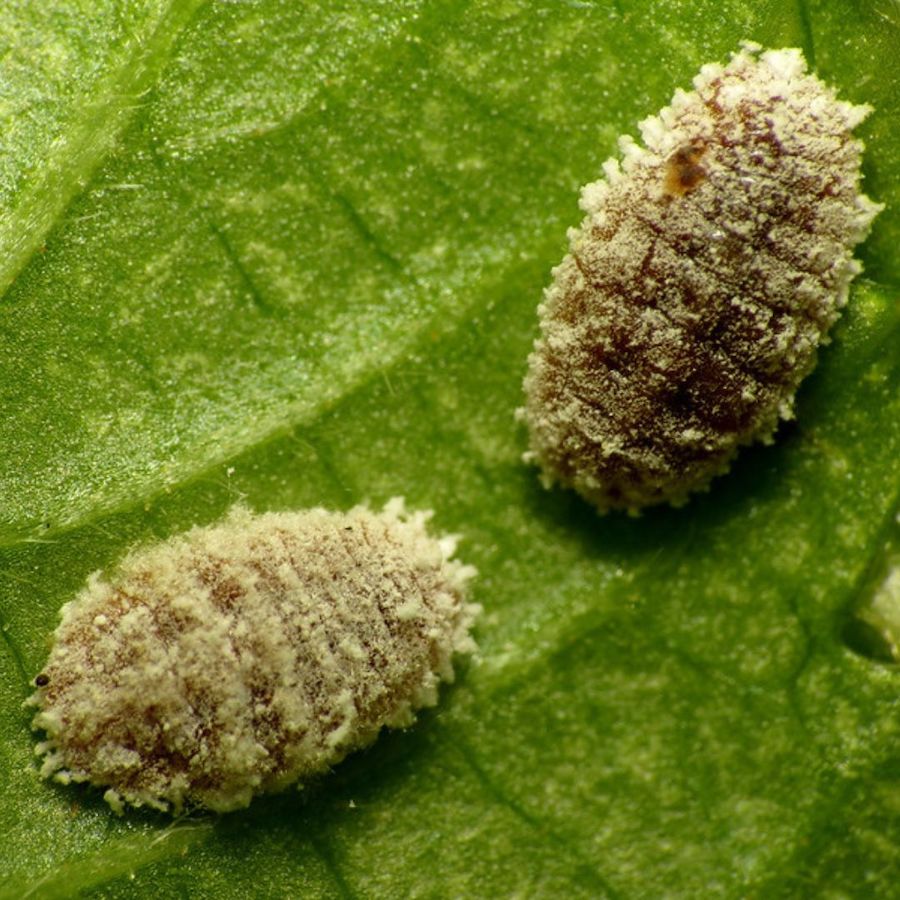DIY Solutions to Plant Bug Infestations to Improve Plant Health
How infestations impact the health of your plants
It doesn’t take long for common plant bugs to infest and seriously impact the health of your plants. These infestations can harm houseplants, vegetable gardens, and flowering bushes alike. Luckily, these plants signal distress and pest always leave a trace. Here are some of the more common pests, symptoms of an infestation, and treatment plans. For those of us who prefer to avoid harsh pesticides, there are even some simple DIY solutions to treat infestations.
Aphids
Aphids are plant bugs that are commonly found in gardens and can require a bit of work to control. Signs of an infestation are yellow spots and black mold growing on leaves. Aphids can be green, black, brown, red, or white and gather on the underside of leaves. From there, these pests feed on sap in the leaves. Aphids are prolific reproducers, so early detection and treatment is imperative. Hose or spray your infected plants, as this will knock them off. To make sure they don’t return, you can treat the plants with a commercial pesticide or DIY solution.
DIY Aphid Solution
For a cheap aphid solution that won’t disturb healthy plants, mix 1 tablespoon Castile soap and 1 tablespoon white vinegar with 1 gallon of water.


Spider Mites
Tiny relatives of spiders, spider mites are another plant bug that reproduce quickly. These bugs leave tiny specks on leaves and fine webbing on the plant. The specks can be white, yellow, or orange. If possible, move the infested plant away from healthy plants to prevent the spread of these spider mites. If they are planted in the ground, you might want to treat neighboring plants to be on the safe side. There are pesticides and DIY solutions that target spider mites, but you do need to spray the bugs directly.
DIY Spider Mite Solution
Fill a 16-ounce spray bottle with water and mix in 1 tablespoon of neem oil. Thoroughly spray the infected plants and their neighbors every three days for two weeks.
Whiteflies
Closely related to aphids, whiteflies are very small, winged insects that can be found grouped on the undersides of leaves. Whiteflies like flowers and garden plants, and feed on sap from the plant leaves just like their aphid cousins. Plants that are infested with whiteflies can have stunted leaves with white spots or mold spots. Whiteflies also lay their eggs on the underside of leaves. These eggs are typically laid in a circular pattern and are yellow or brown. Just as you would with aphids, spray down your plants thoroughly to dislodge the whiteflies. Then, spray the entire plant with a commercial pesticide or homemade solution.
DIY Whitefly Solution
Mix 1 tablespoon of castile soap with one gallon of water and spray the entire plant. Do this twice a week for 2 weeks, or until the infestation clears.


Mealybugs
Similar to whiteflies and aphids, mealybugs can be found on the underside of plant leaves feeding on sap. Mealybugs like flowering plants, including fruit and vegetable gardens. They are small, oval, and have a white cottony coating. Signs of an infestation include black sooty mold spots, waxy deposits, and yellow leaves. Over time, a mealybug infestation can cause stunted growth. As with other infestations, separate the affected plants from healthy neighbors if possible. Give the infested plant a strong rinse with a hose or sprayer, then treat the entire plant with a pesticide or homemade option.
DIY Mealybug Treatment
Fill an 18-ounce spray bottle with water, then mix in 1 teaspoon of neem oil and 1 teaspoon of liquid dish soap. Spray the plant thoroughly, reapplying every 3-4 days until infestation resolves.

